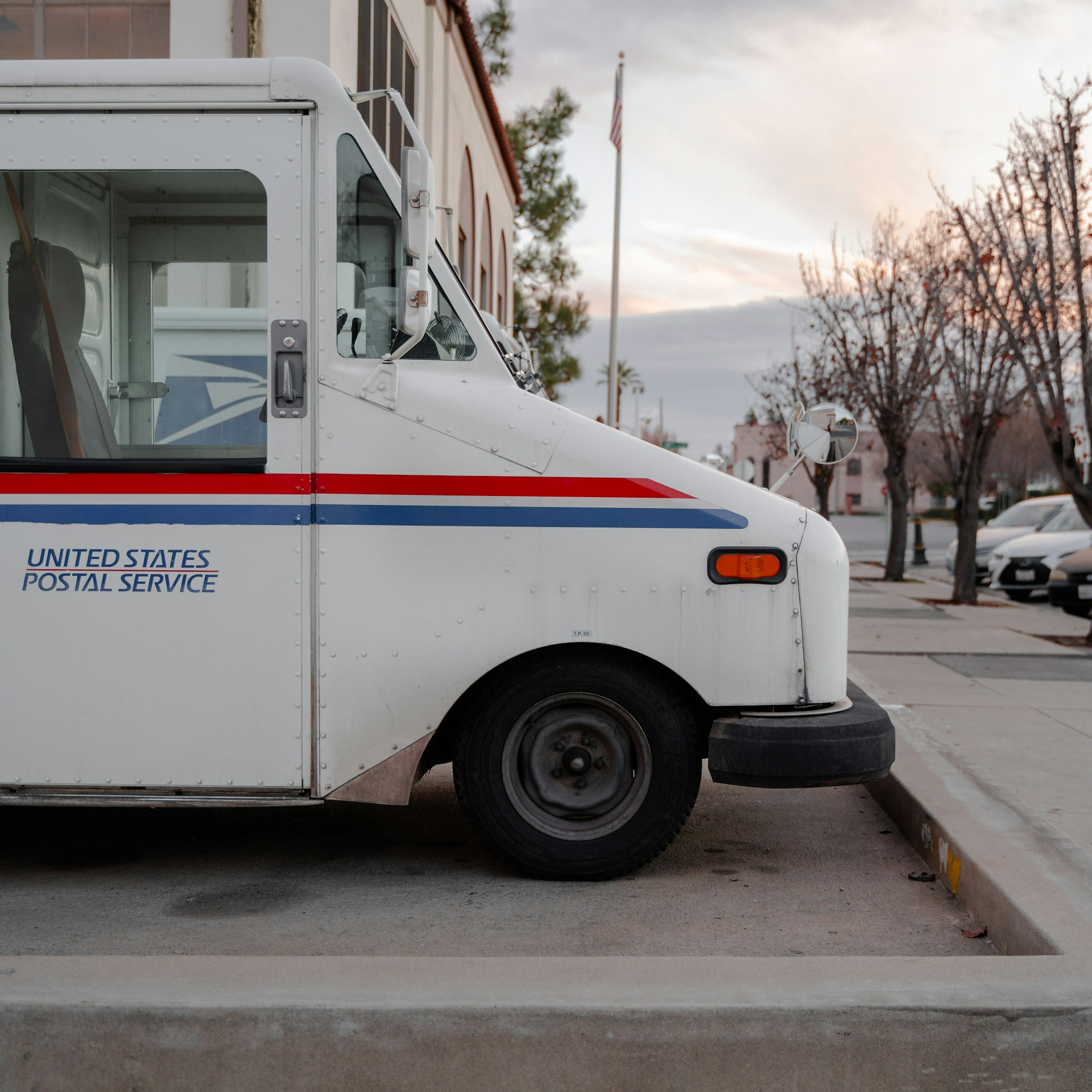Key Takeaways
- Medicare and your Postal Service health plan can complement each other, providing broader healthcare coverage.
- Understanding how both systems interact ensures you avoid coverage gaps and maximize your benefits.
Medicare and Your Postal Service Health Plan: The Surprising Things You Need to Know
If you’re a postal service employee or retiree, understanding how Medicare integrates with your Postal Service health plan can significantly impact your healthcare coverage. While both provide essential benefits, they work together in ways you might not expect. Knowing how they overlap and support one another can ensure you maximize your healthcare while avoiding unnecessary costs or coverage gaps. Let’s dive into how these plans interact and what it means for your healthcare strategy.
What Is Medicare, and How Does It Work?
Medicare is a federal health insurance program primarily designed for individuals aged 65 and older, though younger individuals with certain disabilities may also qualify. The program is divided into four main parts:
-
Medicare Part A: This covers inpatient hospital stays, skilled nursing care, hospice, and some home health care services. Most people do not pay a premium for Part A if they have sufficient work history.
-
Medicare Part B: This covers outpatient care, doctor visits, and preventive services. It generally requires a monthly premium.
-
Medicare Part C (Medicare Advantage): These are private health plans approved by Medicare that combine Parts A and B, often offering additional benefits.
-
Medicare Part D: This part helps cover prescription drug costs and requires enrollment in a separate plan.
How Does the Postal Service Health Benefits Program Work?
The Postal Service Health Benefits (PSHB) program, available to postal employees and retirees, offers a range of health plans to meet various needs. These plans are similar to those available under the Federal Employees Health Benefits (FEHB) program. However, they cater specifically to the unique needs of postal workers.
While your Postal Service health plan provides comprehensive coverage, it becomes especially important to understand how it interacts with Medicare once you become eligible for it. This dual coverage can either complement each other or cause confusion if you’re not aware of how to manage the two.
Medicare and Your Postal Service Health Plan: Do You Need Both?
If you’re still working for the Postal Service and you’re over 65, you might wonder whether you need to enroll in Medicare. Your Postal Service health plan can act as your primary coverage as long as you remain employed. In this case, Medicare can be deferred until retirement, but there are some benefits to enrolling in Medicare Part A, which is typically premium-free.
For retirees, Medicare will usually become the primary insurance, while your Postal Service health plan will act as secondary insurance. This means that Medicare pays first for any services you receive, and your PSHB plan covers some or all of the remaining costs. Having both can be beneficial in covering expenses like coinsurance, deductibles, and even prescription drugs, depending on your specific plan.
Coordinating Benefits: What You Need to Know
Navigating how these two plans work together is crucial to ensuring you don’t experience any gaps in coverage. Here are the key things to consider when coordinating your Postal Service health benefits with Medicare:
1. Understanding Primary vs. Secondary Coverage
Once you retire and are eligible for Medicare, Medicare will typically become your primary coverage. This means it will pay first for most medical services. Your Postal Service health plan becomes your secondary coverage, which can help with additional out-of-pocket costs that Medicare does not cover, such as copays, deductibles, and certain medical services.
For example, if you visit the doctor, Medicare will pay its portion of the bill first. Then, your Postal Service health plan will kick in to cover any remaining costs, reducing or eliminating your financial responsibility. This coordination of benefits ensures you get more comprehensive coverage and avoid unexpected medical expenses.
2. Prescription Drug Coverage: Medicare Part D vs. Postal Service Plans
Many Postal Service health plans include prescription drug coverage, so you may wonder if enrolling in Medicare Part D is necessary. While it’s not mandatory to enroll in Medicare Part D if you’re happy with your Postal Service plan’s drug coverage, it’s important to compare the benefits. In some cases, you may find that Medicare Part D offers a wider selection of covered drugs or better pricing on your prescriptions, especially if you take expensive medications.
However, some Postal Service plans are considered “creditable,” meaning their drug coverage is as good as or better than Medicare Part D. If your plan meets this standard, you won’t face penalties if you decide to enroll in Medicare Part D later.
3. Medicare Part B Enrollment: Is It Necessary?
When you retire, enrolling in Medicare Part B is highly recommended, even if you have a Postal Service health plan. Medicare Part B covers outpatient services, which can include doctor visits, diagnostic tests, and certain preventive services. Your Postal Service health plan might have higher copays or deductibles for these services, and Medicare Part B can help lower these out-of-pocket costs.
That said, whether you choose to enroll in Part B right away depends on your health needs and your specific Postal Service plan. If your plan already offers robust outpatient coverage, you might decide to delay Part B enrollment, but be aware of potential late enrollment penalties.
4. Out-of-Pocket Costs: How to Minimize Expenses
One of the advantages of having both Medicare and a Postal Service health plan is the reduction of out-of-pocket costs. Since Medicare typically covers a significant portion of healthcare services, and your PSHB plan acts as secondary coverage, many of the expenses that would otherwise fall on you, such as coinsurance and copays, are often greatly reduced.
For example, if Medicare covers 80% of the cost for a doctor’s visit, your Postal Service health plan might cover the remaining 20%. This can lead to substantial savings, especially for frequent healthcare users.
Common Mistakes to Avoid
With the complexity of coordinating Medicare and Postal Service health benefits, there are a few common mistakes that people make. Avoid these pitfalls to ensure you get the most out of your coverage:
-
Not enrolling in Medicare on time: If you delay enrolling in Medicare Part B after retirement, you could face late enrollment penalties, which increase the longer you wait. Make sure you sign up for Medicare during your initial enrollment period to avoid this.
-
Overlooking prescription drug coverage: If your Postal Service plan doesn’t offer comprehensive prescription drug coverage, failing to enroll in Medicare Part D could leave you with high out-of-pocket costs for medications.
-
Assuming one plan covers everything: Even with dual coverage, not all services are fully covered. It’s essential to understand what both Medicare and your Postal Service plan cover to avoid unexpected expenses.
Why It’s Important to Review Your Coverage Every Year
Healthcare needs can change over time, and so can your Postal Service health plan and Medicare options. It’s crucial to review your coverage annually to make sure it still meets your needs. Open enrollment periods for both Medicare and the Postal Service Health Benefits program offer an excellent opportunity to assess whether any changes in your healthcare requirements or in plan details may require adjustments to your coverage.
Consider Reaching Out to a Licensed Insurance Agent
Navigating the ins and outs of Medicare and your Postal Service health benefits can be confusing. If you’re unsure about your options, contacting a licensed insurance agent can help clarify which choices are best for your situation. They can provide personalized guidance on which Medicare options to select and how to best coordinate them with your Postal Service benefits.
Managing Your Healthcare Effectively
Managing Medicare alongside your Postal Service health plan can provide comprehensive coverage, but it requires careful planning. By understanding how these two programs work together, you can ensure you’re maximizing your benefits while minimizing out-of-pocket costs. Staying informed, enrolling in Medicare at the right time, and reviewing your coverage annually will help you avoid common pitfalls and maintain seamless healthcare coverage throughout retirement.













